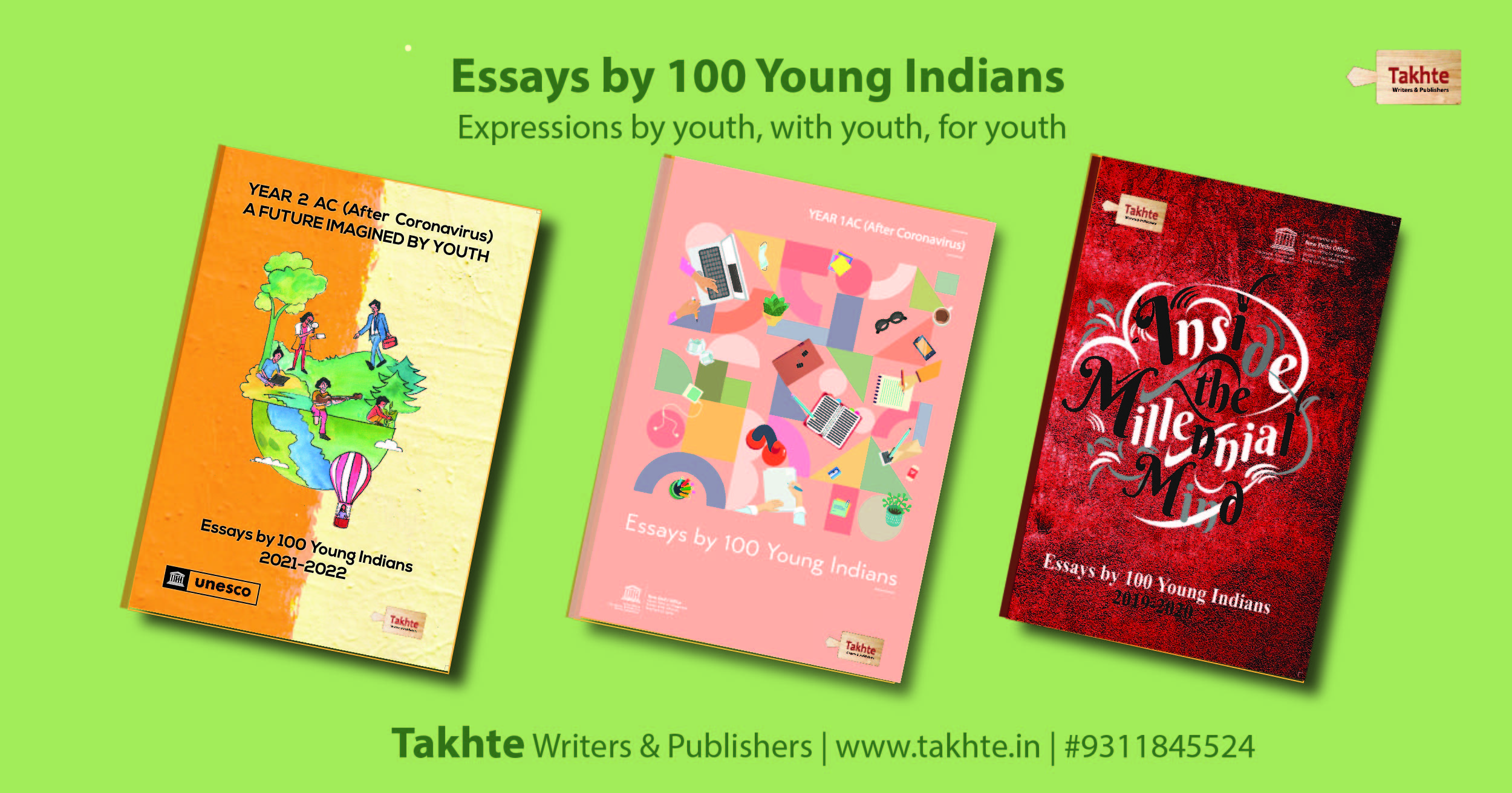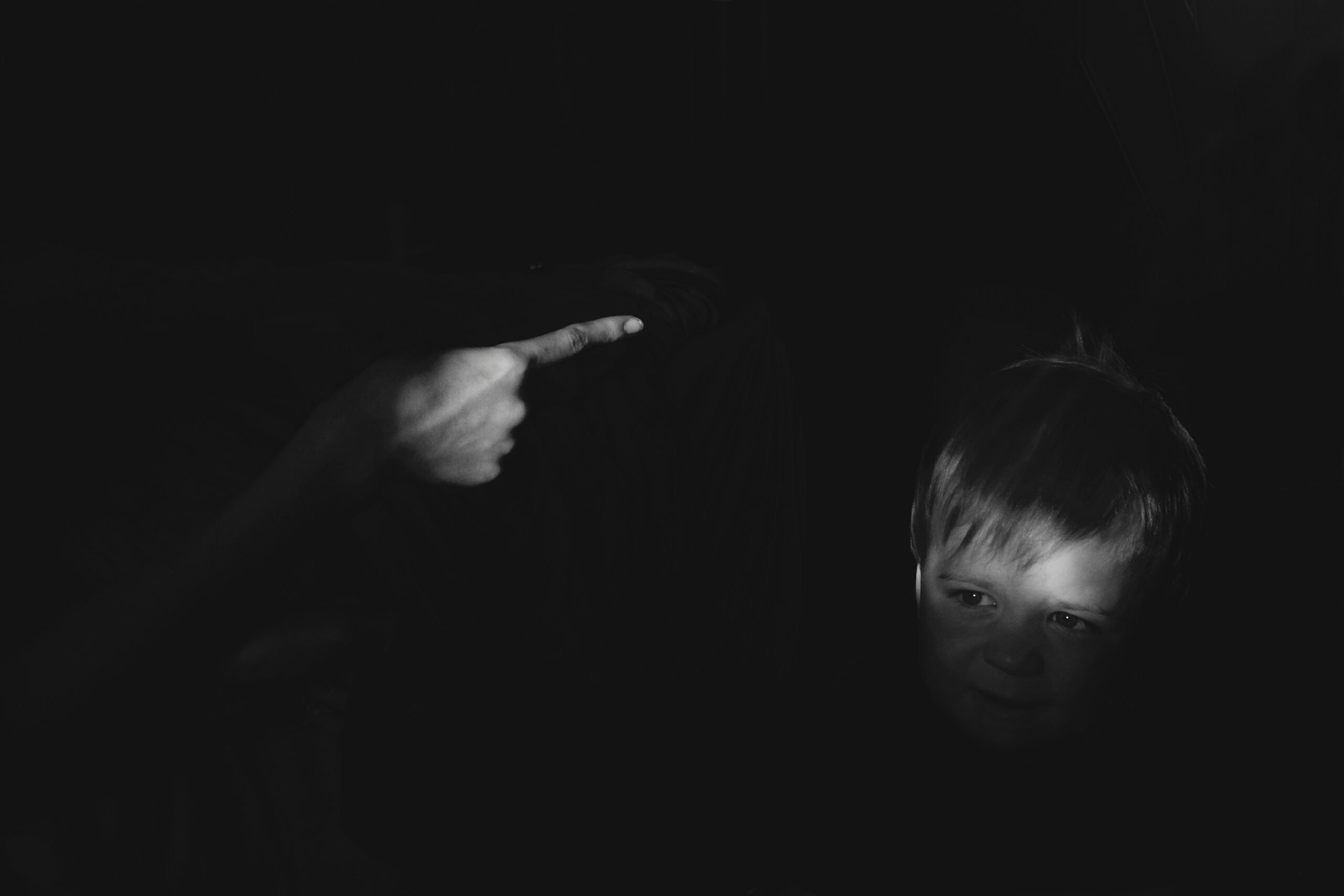Art & Culture
Ranga Latu Theatre Fest Buzz in Palam Vihar, Gurugram
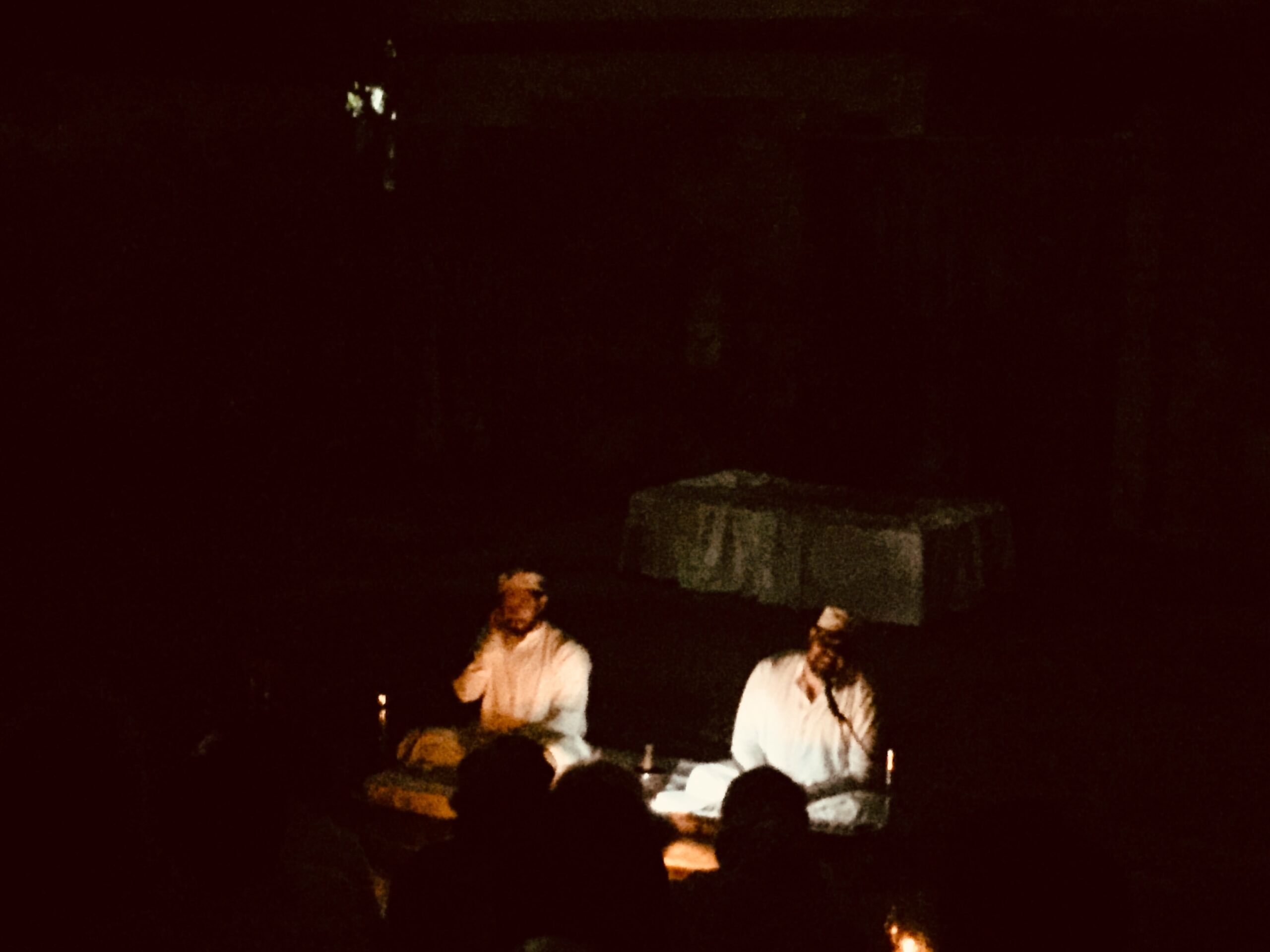
by Goldie Kasturia
Author & Founder Takhte Writers & Publishers
A day ending,
A month concluding,
Rang Latu Progressing,
Tenth Theatre group performing,
Weather overcasting,
Event postponing,
Then rains settling,
Thunder surrendering,
Sky clearing,
Stars shining,
Open sitting,
Leaves rustling,
Ohh! Lights shutting,
Mic silencing,
Speakers muting,
Murmurs hushing,
Against all odds, Stage-setting,
Diyas gleaming,
Candles flickering,
Gathering watching,
Divinity Connecting,
Nanak himself attending,
Mystical singing and storytelling,
Daastaangos reciting,
The Super act- Daastaan-E-Guru Nanak
Yes, the above words describe last night’s unforgettable experience. As some moments seized in having a conversation with Almighty. It wasn’t a visit to a religious center, or a gathering chanting and echoing the prayers but an offering. ‘Offering to Nanak’. Held at the blossoming Kalasthali Amphitheatre in the G-Block of Palam Vihar, Gurgaon, which is staging theatrical plays, that are nonetheless stimulating and inspiring.
It was a testing paper for organisers, and a rare staging took place, with an unknown and unsolved technical glitch. And, despite this fact, the New Delhi theatrical company Atelier Repertory managed to put on a performance of Daastaan-E-Guru Nanak. We surely can say that technology is not our ally forever. We have to resort to more conventional means of expression sometimes. As if Baba Nanak was creating an aura to connect with him closely and taking us back to his era.
In the open amphitheatre with an arrangement of candles, centuries-old traditional storytelling art form Daastan was enacted through, mystical music and sacred lyrics. Gaurav Suri and Udit Khattar, the Daastaangos (storytellers), created a scintillating environment of divinity and emotional unity through their recitations of both prose and poetry.
The mesmerising performance, evolving into a meditative act, with script and direction by Kuljeet Singh explores the concept of ‘Oneness’ that Baba Nanak promotes. An attempt to articulate the fundamental teachings of him, Kirt Karna (honest & diligent living), Vand Chhakna (sharing what you possess) & Naam Japna (meditating upon the name of the Almighty). The Importance of Terah, both the numeric thirteen and ultimate power of thine, thou, yours. Sarbat Daa Bhalla, ask Lord for everyone’s happiness and stick to the truth as one of the ‘Hukums‘ (orders) of the Guru.
Daastaan- E-Guru Nanak, a classic meditating act, has performed over 100 shows from drawing rooms to stages, churches, theatres and art festivals, both nationally and internationally. If you get the opportunity to watch it, you should take it off its singularity and do so because it will almost certainly teach you something new.
Theatre is one of the most well-known real-time representations of art, which takes place on a stage in the presence of an audience. Theatrical performances are known for being entertaining while also cultivating. When it comes to making an imprint on the minds of an audience, witnessing a narrative unfold via the performances of the characters generates a more lasting impact than, say, reading the story or listening to it being spoken. This is because watching a tale progress via the performances of the characters allows the audience to see how the story develops. As a result of this, it is extremely important to recognise the role that theatre and drama play within the context of the cultural environment.
Mr Ashutosh Sehlat, Founder of Search Years and Kalasthali, is contributing superbly to art and culture and keeping theatre alive. Presently organising the plays, ‘Ranga Latu’ in collaboration with Kala Gram. Plays are ongoing till 11th May 2023.
Don’t miss the last two!
Art & Culture
Is Art a companion of change or an agent?
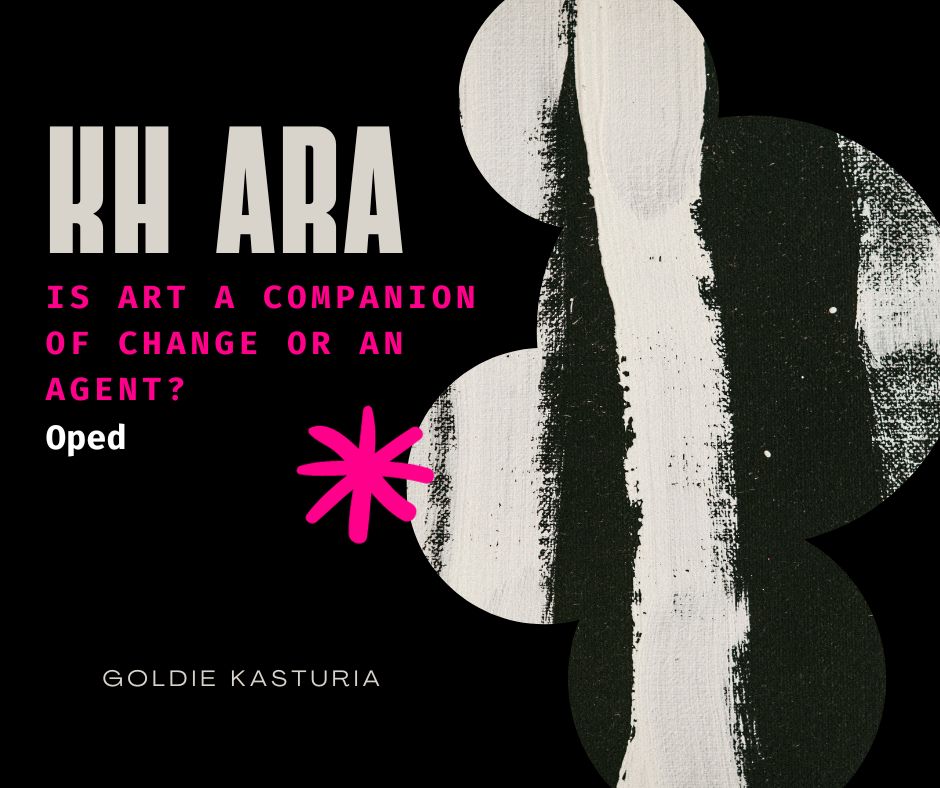
Goldie Kasturia
Founder, TAKHTE
K.H. Ara painted a sizeable horizontal painting of a procession of many Indian people in exuberant celebrations of the Independence of India, submitted it for the annual exhibition of the Bombay Art Society, and got rejected on grounds of unavailability of space enforcing arbitrary selection. Rejection mushroomed anger and lament in him, a turning point as he, along with like-minded friends F.N. Souza, S.H. Raza, M.F. Husain, H.A. Gade, and S.K. Bakre, formed ‘The Progressive Artists’ Group’ (PAG) just months after the partition and Independence in 1947.
The PAG, in the reverberation of spirit and energy of political freedom around, underlined the perception of Art being the catalyst to change, intended to break free from the shackles of academism and ideologies of the revivalist nationalism established by the Bengal School of Art and to encourage an Indian avant-garde, engaged at an international level. Emerging from various societal milieus, committed to secularism and pluralism, these artists propagated the Nehruvian ideals. They cited “the partition” as the impetus for exploring and starting the new art style. Ara ‘demanded that artists should have freedom, for their expression and should overthrow the living corpse of the worshippers of false art’. F.N. Souza, in his manifesto for the Bombay Progressives Art Exhibition in 1948, wrote, “Today we paint with absolute freedom for contents and techniques, almost anarchic; save that we are governed by one or two sound elemental and eternal laws, of aesthetic order, plastic coordination, and colour composition,”
Art, in general, is decorative, thus enhancing and gratifying. However, it may not be pleasing if it is to bring about change, and artists with a different mindset are traditionally risk-takers. They endeavour to create Art that is thought-provoking and will address situations for political, economic, and social changes. In their artworks breaking away from the stereotype, the PAG, including F.N. Souza, used an expressionistic style to illustrate both the highs and lows of Indian social life. His disproportionately sized heads and brazen nudes became his technique. K.H. Ara preferred to contemplate life in a comparatively gentler way, particularly the nude female form and still-life objects. S.H. Raza’s abstract works were replete with icons from Indian cosmology and philosophy. H.A. Gade brought minimal forms, the lucid outlook characteristic of his profession (science), to his work. Sadanand Bakre, the sculptor, transformed the human form into a new puzzle with distortion, fragmentation and partial elimination. M.F. Husain utilised a modified Cubist style to create narrative paintings; his seemingly carefree brushstrokes, marked by a signature style, explored the abstract through the figurative. The art critic Rudi Van Leyden, the artist Walter Langhammer, Schlesinger and Herman Goetz, and the German expatriates almost served as the tutors of the PAG artists. The PAG had their first group show in 1949, inaugurated by the eminent art critic Dr Mulk Raj Anand.
The Group held two exhibitions before Souza departed for London in 1949, followed by Bakre. In contrast, Raza preferred to go to Paris and the remaining artists, while still committed to the Group’s principles in their work, slowly moved toward individualised practices. Each contributed as a companions of change around. The Group failed to continue in its entity and had officially disbanded in 1954.
In the discussed scenario, their Art didn’t play a staid role in bringing a revolution in people’s minds but played an essential role in supporting a livid thought that could bring a change. Art affects the people who see and understand it; the predicament is that the people who take an interest in understanding Art are economically better than those who need a change in society and the system. This is further endorsed by Larry Rivers’s suitable statement, “Any art communicates what you’re in the mood to receive.” Still, people need to be educated to accept the change, which will be affected by the informed person. These changes will happen simultaneously when the Art is produced and not because of the Art.
Art has always been a product of its time and milieu, though it is likely to be a companion of change and most unlikely to be an agent of change. It is quite apparent that which artwork of Indian artists during pre-independence evoked people to join the Free India movement or what painting of Picasso made people join the Communist Party? Or what painting of the Futurist inspired people to join Mussolini’s Party?
The accentuated fact one fathom, if it is a painting, very few will see it; if it is a play, how many would watch it; and if it is a book, how many would read it or understand it, provided graffiti is all over the place, both as a medium of expression and at times protest, though getting banned if able to create an uproar.
Art & Culture
Letter of Appreciation
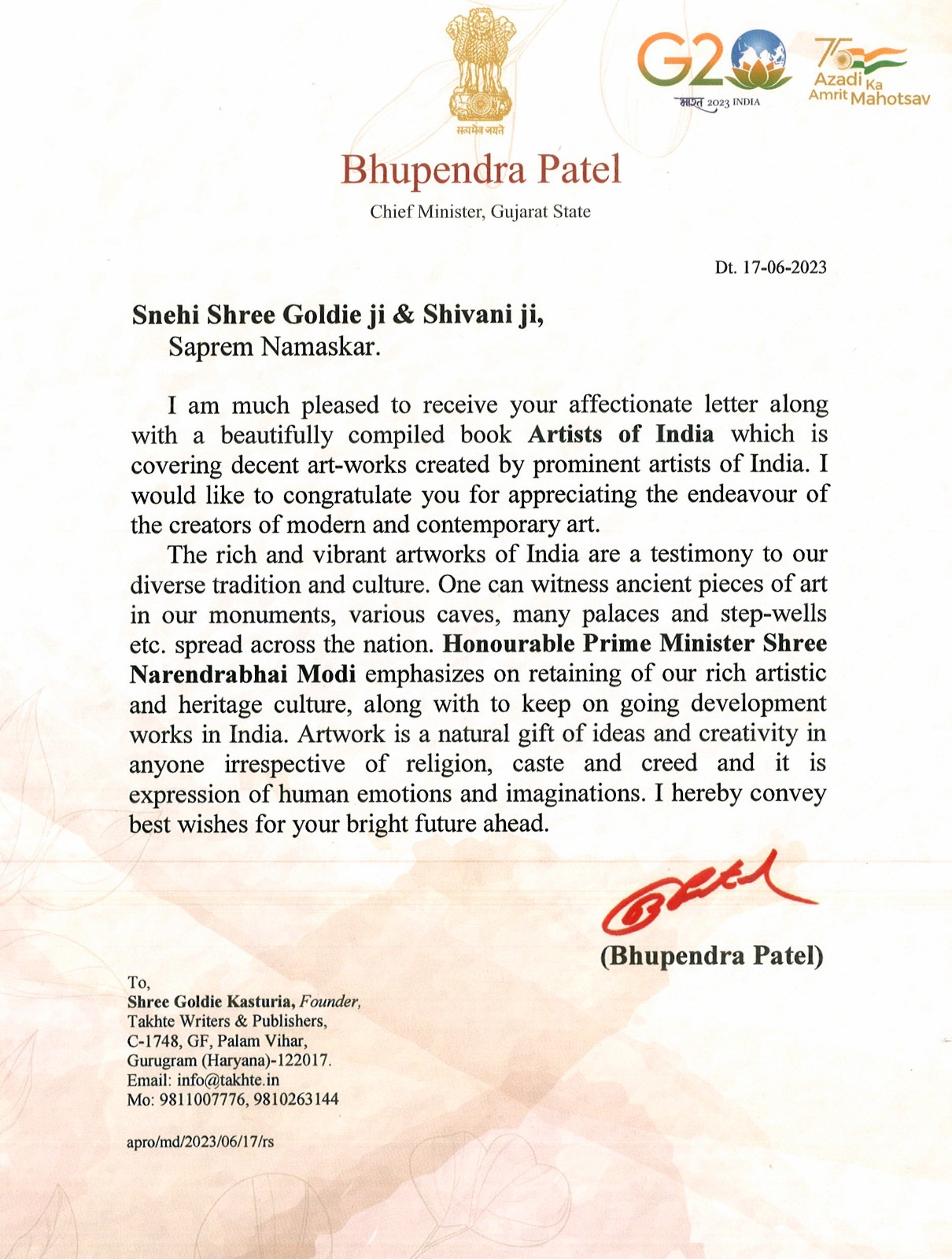
We feel elated to have received the appreciation letter from the Hon’ble Chief Minister of Gujarat, Shri Bhupendra Patel for our book ‘Artists of India: Modern & Contemporary Art’.
Thank you Sir, for your encouraging words.![]()
![]()
Authors: Goldie & Shivani Kasturia
Art & Culture
The Lore of the Days of Yore: Significance of History
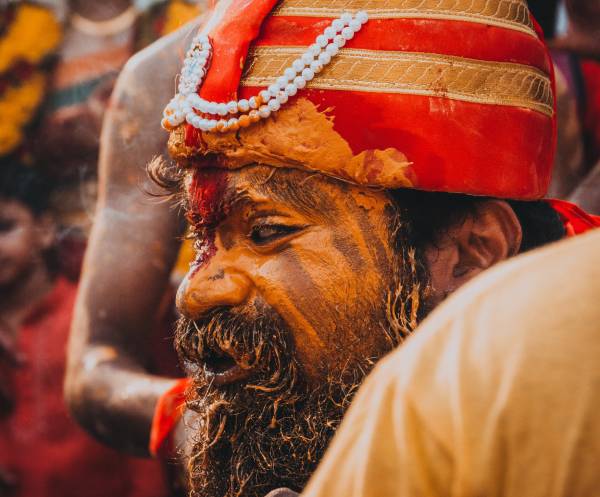
Sananshi Pidyar
Convent of Jesus and Mary, Ambala, Punjab
Culture keeps us rooted to our heritage. Heritage helps us reminisce our history. History teaches us great lessons from the past. And without the knowledge of the past, it is impossible for us to move towards the future. History plays an imperative role in moulding us and our future, for ‘a page of history is worth a pound of logic.’
It is history that tells us of our origins, how family structure and society developed in the ancient civilisations; prevents us from making the same mistakes again, how the world wars obliterated an entire generation so that mankind doesn’t face the same crisis again; and quenches our thirst for countless answers, of how the present came into existence. We don’t realise how our everyday life is directly or indirectly connected to our past generations, and ‘those who don’t know their history are doomed to repeat it.’ Darwin proved with his Theory of Evolution that history plays a crucial role in fortifying scientific conjectures.
Mankind is like a tree, whose history, like roots, is buried deep into the earth, anchoring and strengthening it from within. While the growing branches are like the future, fresh and fragile, unable to thrive without the embedded support. In the words of the 1984 author, George Orwell, “The most effective way to destroy people is to deny and obliterate their own understanding of their history.”
In this fast-moving world, with the advent of the Computer Age, Generation Z deems the future alone to be of enough significance for their attention. They believe in the notion of ‘let bygones be bygones’, and reflecting on one’s heritage is futile. Everyone today has been blinded by a race towards modernization because of which they have completely forgotten about their culture and heritage. But what they fail to realise is that everything that is going to happen results from everything that has already happened. For ‘we are not the makers of history, we are made by history.’
Until a few years back, I had the same assumptions about history. It wasn’t before I was thirteen that I realised how fascinating are the times gone by. It was a trip to Italy that left me completely awestruck. The marvel of the beautiful palaces and piazzas of Florence transformed my perceptions about the past. For me, it was the architecture that brought me closer to our heritage, but it could be anything from music to dances, from books to paintings that could trigger one’s affinity for culture.
To make history relatable for children, ‘History Day’ must be celebrated once a year so that they can learn about their family’s legacy, with the help of group discussions in the family on the same, later they must share their family’s past with their peers and teachers in school. The schools must organise educational trips to cultivate a student’s interest in culture. This can also be done by planning ‘Culture Fests’ once a year to exhibit their culture’s favourite aspect. Smalls skits and musicals can also leave a profound impact on a child’s psyche. Competitions must be held where the children get to boast their knowledge about history.
These activities will reconnect the children with their roots and help foster unity among the masses. The upcoming generations must be brought up in a way that they appreciate the history of the family, the nation, and the world on the whole. So that they can further deliver the same to the younger generations, and this cycle must go on for history and culture to endure the test of time.
From Sumatra to the Indus Valley, from Homer’s Iliad to Virgil’s Aeneid, from the crusades to the Cold War, every moment has made history since times immemorial. We might be a trivial part of this grand story, but with each ticking second, let us rise to the occasion, and empowered with the knowledge of the past and a vision for the future, make contributions that echo through the valleys between today and tomorrow and not fall prey to the oblivion of time.
-
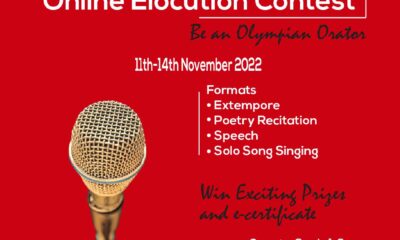
 Uncategorized3 years ago
Uncategorized3 years agoOnline Elocution Contest
-
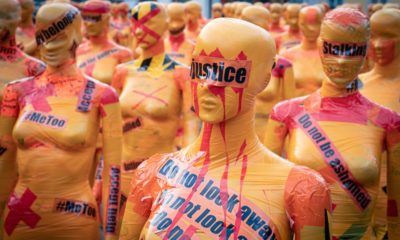
 Legal Talks4 years ago
Legal Talks4 years agoCUSTODIAL RAPE IN LIGHT OF THE MATHURA GANG RAPE CASE
-
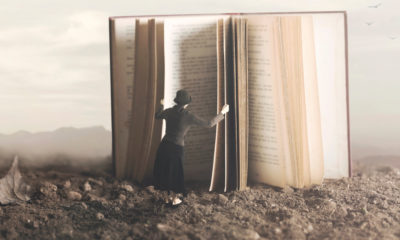
 Poems4 years ago
Poems4 years agoPoems
-
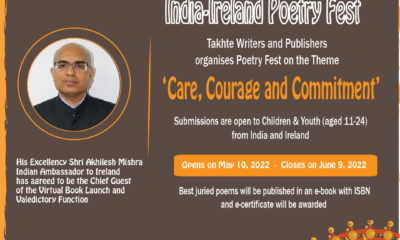
 Poems3 years ago
Poems3 years agoIndia-Ireland Poetry Fest
-
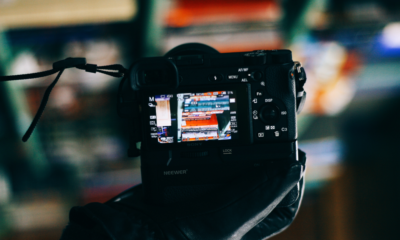
 Legal Talks4 years ago
Legal Talks4 years agoCompliances Relating to the Commercialization of Electronic Devices
-
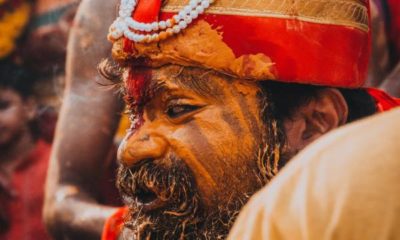
 Art & Culture4 years ago
Art & Culture4 years agoThe Lore of the Days of Yore: Significance of History
-

 Legal Talks4 years ago
Legal Talks4 years agoPrivacy Laws & Consent while using Image of Random People Clicked on Street for Facial Recognition
-
Short-story4 years ago
Bibek’s visit at his friend’s bungalow


